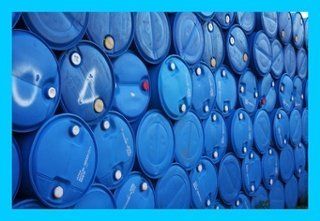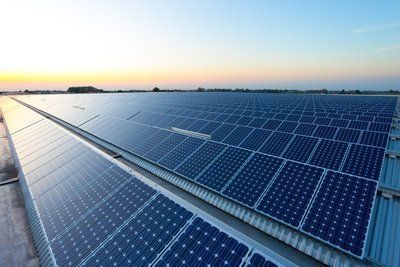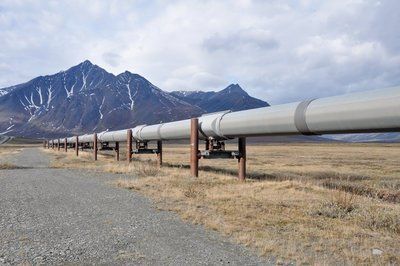HEAVY IRON NEWS
Slow Flow Proves Problematic For Trans-Alaska Pipeline

Slow flow has been a significant and recurring problem for the trans-Alaska pipeline, requiring numerous modifications to technology in order to improve upon production. Without addressing slow flow conditions, the trans-Alaska pipeline suffers from a number of potential issues, ranging from equipment damage to blockages.
THE DANGERS OF SLOW FLOW IN THE TRANS-ALASKA PIPELINE
The longer liquids remain within the pipeline at chilling temperatures, the greater the chances are of the liquids forming icy blockages within the equipment. Further, the longer the materials remain in the pipeline, the slower the flow becomes, and thus the chances of equipment damage and blockages steadily rise. Once a pipeline has been blocked, it has to be cleared, slowing or completely stopping production until the situation has been addressed. If equipment is damaged, the costs of repair and replacement can be significant. The unique nature of the environment surrounding the trans-Alaska pipeline creates issues that are not common in other locations.
ATTEMPTS AT ADDRESSING SLOW FLOW CONDITIONS
There have been many attempts at improving the consistency of flow through the trans-Alaska pipeline, the most popular of which have been oil recycling, temperature maintenance, and wax removal. Oil recycling works by reintroducing already warmed oil into the pipeline at intervals to lower the effective temperature of the oil being transported. It is one of the most effective methods of addressing slow flow, though it may not be energy efficient. Temperature maintenance involves both oil recycling and the use of heating solutions along the pipeline to keep the temperature of the oil being transported over a certain standard. Finally, wax removal seeks to remove wax before they can solidify into particles and create blockages. The downside to wax removal is that it creates additional steps that need to be taken for the duration of the oil transport process.
THE FUTURE OF SLOW FLOW TECHNOLOGIES
Many analysts believe that the answer for slow flow along the trans-Alaska pipeline is to increase throughput rather than to attempt to preserve the flow of liquids once they have already entered the pipeline. The faster liquids move through the pipeline, the less likely it is to experience a drop in temperature or to create blockages. The challenge has been in maintaining throughput despite decreasing oil prices and increased supply. However, the less the throughput, the more each barrel of oil will cost. For now, maintaining a standard temperature across the pipeline is the best way of reducing slow flow and its consequences.

Slow flow across the trans-Alaska pipeline is largely an issue of physics. Though there are some techniques that can be used to reduce the impact of the cold weather on the liquids as they are transported, throughput is the only answer; the more oil that is produced and transported, the less likely it will be to experience significant levels of chill. For more information about the oil and gas industry and oil transport, contact the experts at Heavy Iron Oilfield Services LP.
Subscribe to Email Updates
Recent Post





